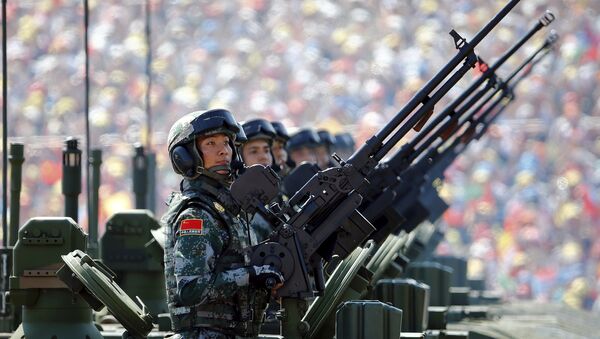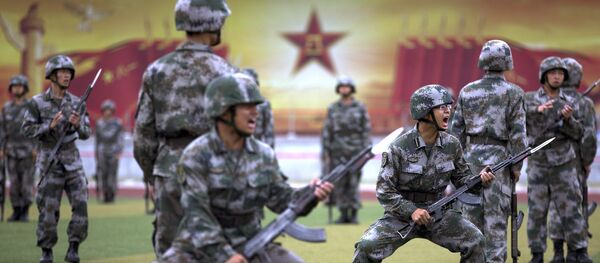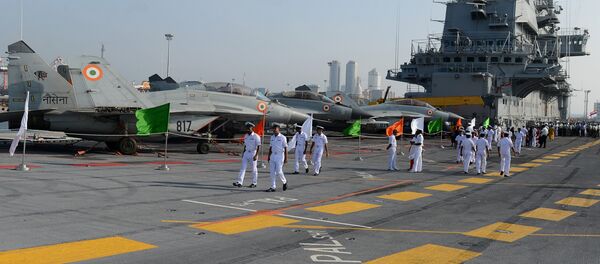Some 4,000 to 7,000 troops armed with shoulder-launched assault weapons and light arms were filmed striking an “enemy position,” the South China Morning Post reported on Monday. Soldiers practiced mobilizing around a battlefield, coordinating digital attacks and engaging hypothetical enemies on a 5,000 meter plateau, the Post added.
The drills "covering a dozen elements was testimony to the PLA’s combined strike capability," a narrator said on CCTV in China.
Beijing and New Dehli have both accused each other of intrusion in Sikkim, which is roughly where Bhutan, India and Tibet meet. Troops have confronted each other in the area several times since June 16. Bhutan claims that China intruded on Bhutanese soil when it began construction on a new road, a claim India supports, while Beijing argues that it was building on its own territory.
In China’s view the contested area is part of its Donglang region. India calls the land Doka La; Bhutan recognizes and claims the area as Dokalam.
Beijing hoped to show "it could easily overpower its Indian counterparts," analyst Zhou Chenming told the SCMP. The point of projecting power in such a fashion, Zhou says, is to reduce the chances that a larger conflict erupts.
Indian Prime Minister Narendra Modi and Chinese President Xi Jinping held bilateral talks on the sidelines of the G20 summit in Hamburg earlier in July. While they claimed to have spoken about a range of issues, the Sikkim confrontation surely arose, and tensions were said to have decreased following the two leaders’ discussion. Nevertheless, “the ongoing standoff between Indian and Chinese troops has several dimensions,” Jawaharlal Nehru University professor Srikanth Kondapalli told Sputnik at the time.
"Although it started with road construction activities by China, it has more strategic ramifications. China is more concerned with growing India-US alliance," Kondapalli noted.
On July 11, the USS Nimitz Carrier Strike Group joined the Indian and Japanese navies for joint exercises US Navy Cmdr. Rear Adm. William Byrne described as a “strategic message to China.”




